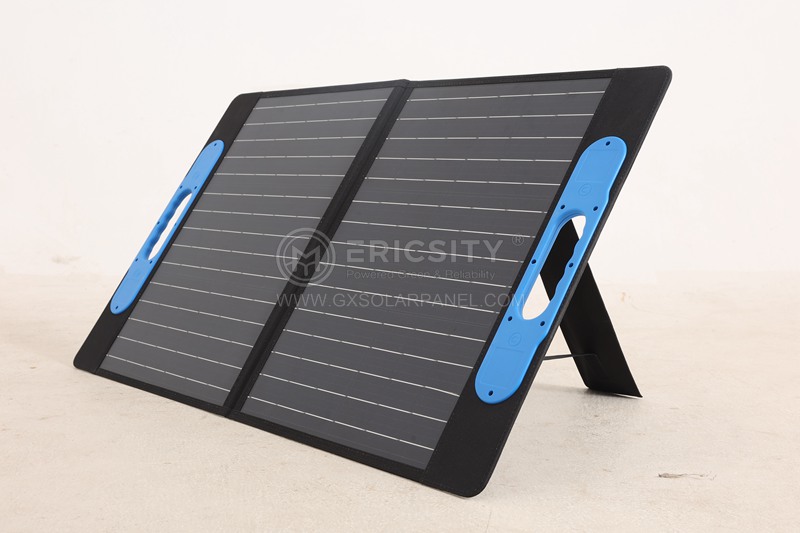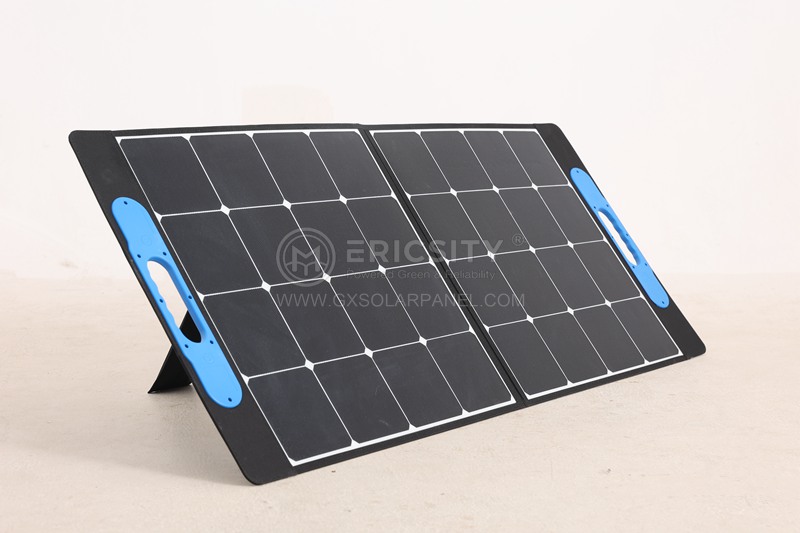HOT PRODUCT
Product Details
Comparing Costs: 320 Watt Solar Panel Prices Vs. Other Options
Title: Comparing Costs: 320 Watt Solar Panel Prices Vs. Other Options
Introduction:
Solar energy has rapidly gained popularity as a clean and sustainable alternative to traditional energy sources. As the demand for solar panels increases, homeowners and businesses alike are searching for the most cost-effective solar solutions. In this article, we delve into the price comparisons of 320-watt solar panels with other alternatives, shedding light on the financial aspects of adopting solar power.
320-Watt Solar Panels: An Overview:
Before analyzing the costs, let’s first understand what a 320-watt solar panel entails. A 320-watt solar panel is a photovoltaic module designed to harness sunlight and convert it into electricity. These panels typically consist of 72 individual solar cells, ensuring a high power output. When considering solar installations, the price of panels is a vital factor.
Comparing Solar Panel Costs:
Solar panel costs can vary significantly based on numerous factors, including the manufacturer, quality, efficiency, and installation complexity. For comparison purposes, let’s examine the average prices of 320-watt solar panels and other available options:



1. 320-Watt Solar Panels:
– The average cost of a 320-watt solar panel is approximately $250 to $350 per panel, depending on the brand and quality.
– The total cost for installing a solar system using 320-watt solar panels will depend on the size, required components, and labor expenses.
2. Lower Wattage Panels:
– Panels with lower wattage, such as 250 or 280 watts, are generally cheaper than 320-watt panels.
– While the upfront cost may be lower, more panels may be required to generate the desired energy output, potentially increasing long-term costs.

3. Higher Wattage Panels:
– Conversely, higher wattage panels, like 350 or 400 watts, are available but typically come at a higher price point.
– However, fewer panels may be needed, resulting in potential savings on installation costs.
4. Thin-Film Solar Panels:
– Thin-film solar panels offer an alternative to traditional silicon-based panels.
– While their efficiency may be lower, thin-film panels can have a lower price per watt, making them an affordable option for specific applications.
5. Third-Party Solar Leases and Power Purchase Agreements (PPAs):
– Rather than purchasing solar panels outright, leasing options and PPAs allow homeowners to enjoy the benefits of solar energy without the high upfront costs.
– However, it’s important to carefully consider the terms and conditions, as these options may involve long-term contracts and potential limitations.
Conclusion:
Comparing costs is crucial when considering the purchase of 320-watt solar panels or exploring other solar panel options. While upfront costs may vary, it is essential to consider factors such as panel quality, efficiency, and long-term energy generation. Furthermore, installation costs, available rebates, tax incentives, and financing options should be evaluated to make an informed decision.
Remember, beyond financial benefits, going solar contributes to a cleaner environment and a reduced reliance on fossil fuels. Consulting with reputable solar installers or energy experts can provide valuable insights tailored to your specific circumstances, helping you make the most cost-effective and sustainable choice for your energy needs.




